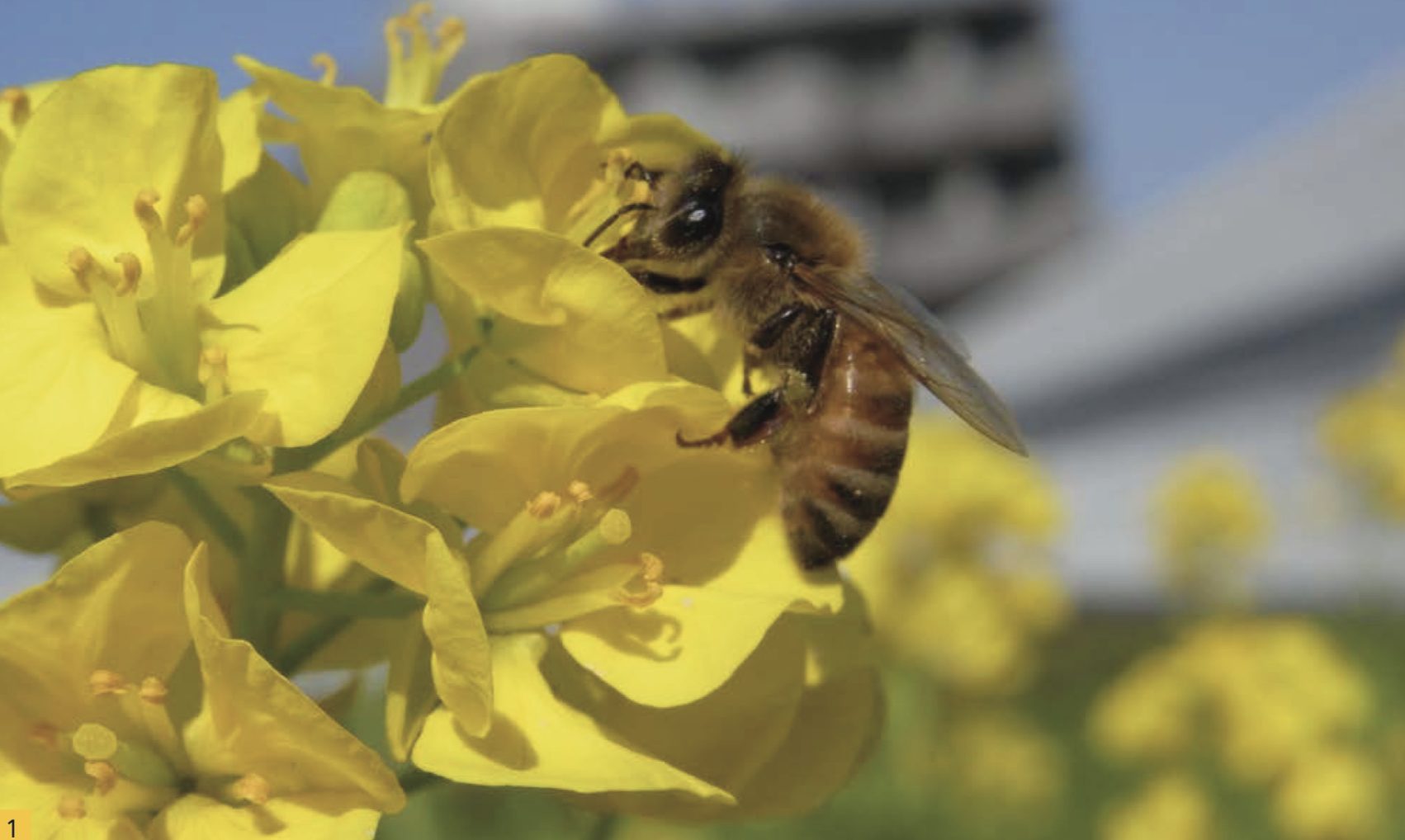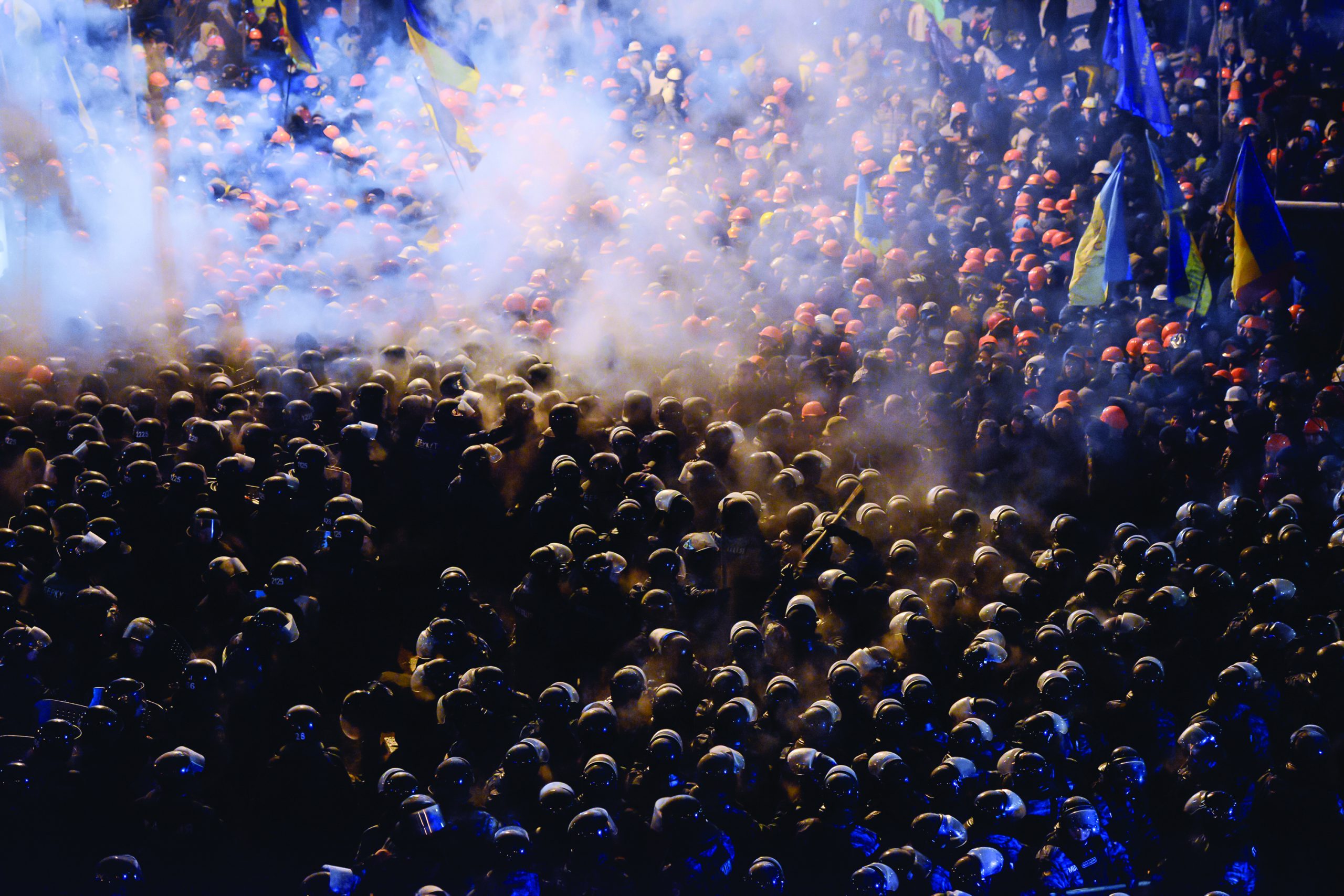Sydney sails
Half-day regatta
Sydney Harbour, Australia
WHAT MAKES IT SPECIAL?
The harbour is the defining image of Sydney, providing a picturesque backdrop for the Sydney Opera House and Sydney Harbour Bridge. Stretching 20km inland, groups see the coastal skyline change from tall skyscrapers to residential houses and parks. A regatta is a unique way to experience the harbour. The course of the race is strategically planned for the prevailing winds and to take the yachts close to many of Sydney Harbour’s best attractions.
WHAT CAN I DO THERE?
Introduce your group to the joys of sailing. You can charter yachts to organise a sailing competition for your group as a teambuilding exercise. The group will be divided into several teams. A skipper-instructor will be aboard each yacht to give an orientation, safety briefing and teach hands-on sailing lessons. Each member of the team will be given a particular task during the course of the race. The skipper will be there to guide the team on how to manoeuvre the yacht at every stage. Team size is between six and 14 people. No prior experience is necessary.
BEST TIMES TO VISIT?
Half-day regattas can be organised either in the morning or in the afternoon. A twilight regatta, setting off at 5:30pm, can also be specially booked.
CONTACT
email: eastsail@eastsail.com.au

Brine to the shrine
Itsukushima Shrine, Miyajima Island, Hiroshima, Japan
WHAT MAKES IT SPECIAL?
A trip to the 12th century Shinto shrine that stands amidst the seawater of Seto Inland Sea off the coast of Miyajima Island will be an unforgettable experience for your group.
In ancient times, Miyajima was believed to be a sacred island. No commoner was allowed to set foot there and, for more than a thousand years, no one lived on the island for fear of offending the goddesses of the sea.
When people first started inhabiting Miyajima, they were not allowed to give birth or be buried on the island. Even today, there are no hospitals or cemeteries there.
The iconic 16m-high Grand Otorii Gate and 19 outer structures – built on stilts – extend out over the water and, during high tide, they appear to be floating.
The shrine and the surrounding scenery is a showpiece on how the Japanese create harmony by seamlessly blending man-made structures with the natural landscape. In 1996, the importance of the Itsukushima Shrine was recognised when it became a Unesco World Heritage Site.
WHAT CAN I DO THERE?
Take a traditional long boat and sail between the two red pillars of the Grand Otorii Gate to recreate how people of old entered the shrine. At low tide, you can have your group walk the stretch from the edge of the outer buildings to the gate. You can watch a Noh play, a classical Japanese masked musical drama, in the only Noh theatre built on the surface of the water. Or event organisers can plan for a staging of another traditional Japanese performance – the ancient musical court-dance called the Bugaku.
BEST TIME TO VISIT?
Go at sunset when the shrine and its Otorii Gate are spectacularly set against the changing colours of the horizon. The best place to watch is at Mikasa Beach, where the land is nearest to the Otorii Gate. A must-see around this time of the day is the lighting up of the Otori Gate, Honsha-honden (main shrine), five-storey pagoda called Senjokaku, and the stone lanterns along Nishi-matsubara. This occurs daily and is an experience in itself. It takes place from half-an-hour from sunset to 11pm every day. Your group can view this magnificent sight from a chartered ship on a specially arranged dinner cruise.
CONTACT
email: info@miyajima.or. jp
Float your boat
The Summer Palace, Beijing, China
WHAT MAKES IT SPECIAL?
Considered a masterpiece of Chinese landscape garden design, this 18th-century landmark located northwest of central Beijing is dotted with pavilions, palaces, halls, bridges and temples that replicate the diverse architectural styles around the country. These classical structures are seamlessly integrated with the surrounding hills and lakes of the gardens. It is always among the top heritage venue picks in Beijing as the gardens open up many creative ideas for corporate events.
WHAT CAN I DO THERE?
Take your group for a leisurely stroll of the palace’s gardens in the late afternoon. Cap the event with sunset cocktails followed by a sumptuous banquet on a traditional Chinese low boat in the middle of the palace’s Front Lake. This tranquil dinner on the lake can be arranged for groups numbering between two to 100 people as several boats are available for hire.
BEST TIME TO VISIT?
Time this programme for late May, June or September. Best avoid July and August as you may encounter the heavy rains that fall on Beijing during these months.
CONTACT
email: liuyanxiang@professional.com.cn

Underworld voyage
Sabang Underground River, Palawan, the Philippines
WHAT MAKES IT SPECIAL
Sabang underground river is the gateway to the Unesco World Heritage-listed Puerto Princesa Subterranean River National Park, which boasts a spectacular limestone karst landscape. The park is a significant habitat for bio-diversity conservation, containing a full “mountain-to-sea” ecosystem and has some of the most important forests.
WHAT CAN I DO THERE?
Easily navigable up to 4.3km, the river is reputed to be the longest navigable underground river in the world. Take your group for a 45-minute tour of the cave on park-operated paddleboats. See the intricate rock formations and the thousand of bats and swiftlets that inhabit the cave, as your group makes its way into the park. Alternatively, visit the mangrove forests and appreciate what an ecosystem free of human intervention looks like. Get a chance to contribute to conservation by planting mangrove saplings in designated areas. This project is managed and operated by local residents.
If taking a boat ride is not your thing, your group can walk to the underground river via the Monkey Trail. Upon reaching the mouth of the river, your group can enjoy the 5km-long trail to the cave, which takes from 90 minutes to two-and-a-half hours to complete depending on your pace. This jungle trek is designed to take visitors to the different forest formations to observe wildlife and the sounds of the wilderness.
BEST TIME TO VISIT?
Best to take the first boats to the under-ground river at about 8am. Only large motorised outrigger canoes called bangkas are allowed to go to the underground river when there are big waves. The bangkas can only carry four people each instead of the 12-person maximum capacity. Most destination management companies based in Manila are used to putting this activity in their Palawan itinerary and customising it to their group’s requirements.
CONTACT
email: info@puerto-undergroundriver.com
www.puerto-undergroundriver.com
Lake district
Tonle Sap Lake, Cambodia
WHAT MAKES IT SPECIAL?
The largest freshwater lake in Southeast Asia and one of the world’s hotspots for bio-diversity, the waters of Tonle Sap drains into the Mekong River. The lake is famous for reversing its flow twice a year when the Mekong Delta cannot absorb all the water during the monsoon season.
The lake normally measures around 2,700sqkm with a depth of one metre. When the rains start in June and the water backs up its flow, the lake swells to 16,000sqkm and rises to a depth of nine metres to flood nearby fields and forests, which become a rich source for Cambodia’s fish supply. The nutrient-rich sediment deposited during this annual flooding makes the fields fertile and ready for agriculture.
Tonle Sap Lake was declared a Unesco Biosphere Reserve in 1997.
WHAT CAN I DO THERE?
Take a half-day excursion to Kampong Kliang, a floating village on the Tonle Sap Lake. Depart from Siem Reap for a 45-minute to an hour’s drive to the village. Board a wooden boat for a 60-minute cruise that will take your group pass rows of houses on stilts and flooded mangrove forests. Stop by a local house to meet and talk with the family over lunch – a three-course meal that features fresh produce from the lake. Each house can accommodate between six and eight people. Maximum group size is 80 people. Kampung Kliang is not on the traditional tourist route so groups can still experience and feel the authentic river-village atmosphere.
BEST TIME TO VISIT?
Go between June and January. Water levels are too low during the dry season.
CONTACT
email: go.cambodia@exotissimo.com
Reservoir days
Marina Barrage, Singapore
WHAT MAKES IT SPECIAL?
Opened in 2008, Marina Barrage is Singapore’s 15th reservoir and the first to be located in the heart of the city. It is the first of the new iconic landmarks in the up-and-coming Marina south district. This architectural masterpiece serves a three-fold function: boosts the city’s water supply, prevents flooding in low-lying areas and is a hot spot for recreational events by and on the water. It is also home to the city’s largest solar park covering 1,200sqm. The 405-panel park converts solar energy into electricity to supplement the daytime power requirements of the barrage. The barrage houses a two-storey visitor centre with an eye-catching “Green Roof”, which can serve as a viewing deck for those who want to get a panoramic vista of the central business district, the Singapore Flyer and the Benjamin Sheares Bridge.
WHAT CAN I DO THERE?
The Marina Basin’s water level is kept constant all year-round. This is ideal for all kinds of watersports, such as boating, windsurfing, kayaking and dragonboating. It is an ideal place for groups to hold a water race. If watersports are not on the agenda, the outdoor spaces in the barrage, the Green Roof and the Marina Bridge, are all available for events and private functions.
BEST TIME TO VISIT
Groups can have their pick of dates as watersports and other activities are available any time of year.
CONTACT
tel: 65 6514 5959


